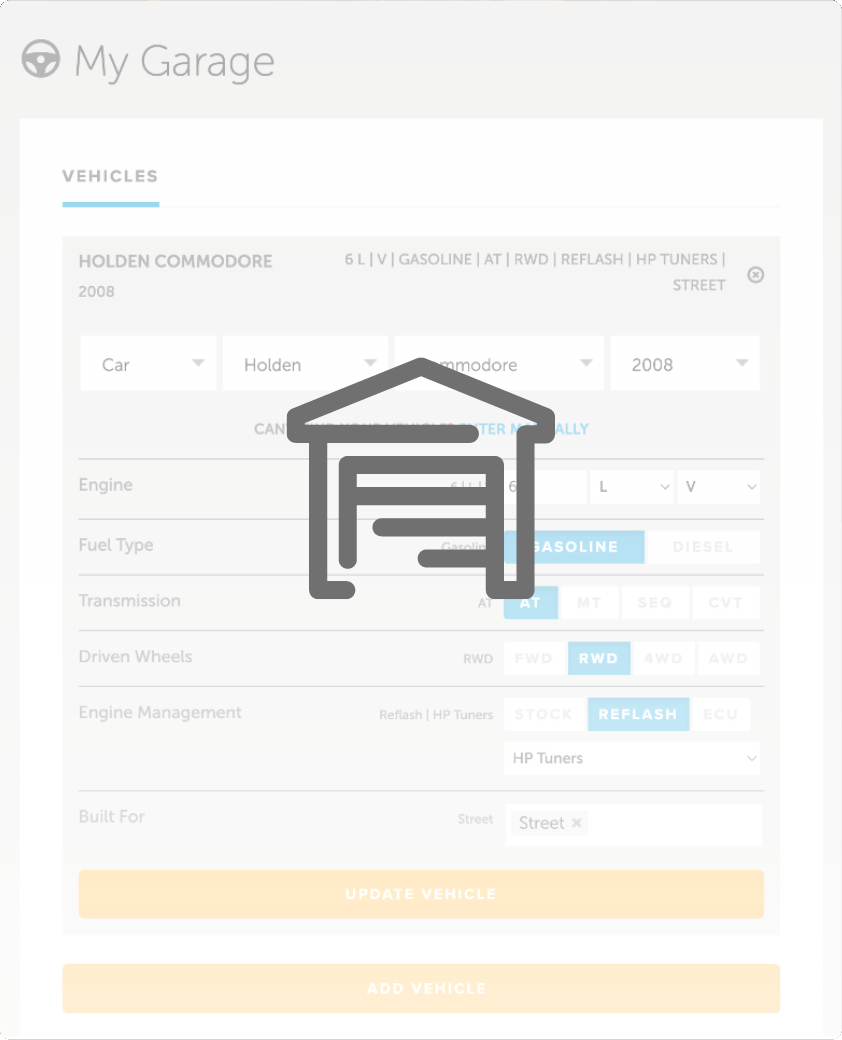| 00:00 |
I'm Connor from High Performance Academy and I'd like to welcome you to our 3D scanning course.
|
| 00:04 |
Whether you're designing a race car, you're just getting started on a big build project, or you're just looking to modify your street car, it's not unusual to find that there are no parts in the aftermarket available to suit your needs.
|
| 00:16 |
Or even if there is, there are often ways it could be done better.
|
| 00:20 |
Using CAD to design your own parts is about as satisfying as it gets, allowing us to create high performing, quality components at a fraction of the price of using off the shelf parts.
|
| 00:31 |
Combining your 3D modelling skills with the power of 3D scanning leads to massive gains in the accuracy and efficiency of your design process.
|
| 00:40 |
It's a common misconception that 3D scanning is reserved for top tier teams with big budgets, and although this may have been the truth a few years ago, things are quickly changing.
|
| 00:51 |
3D scanning technology is becoming more and more advanced, but also accessible, so much so that you've likely got a 3D scanner in your pocket already in the form of your smartphone.
|
| 01:02 |
While these might not be the optimal solution, they are absolutely capable of providing useful results, and much of the skills and ideas can be applied at all levels of scanning as they become available.
|
| 01:14 |
There are two primary ways 3D scans can be used in CAD.
|
| 01:18 |
One is reverse engineering existing parts, which is ideal for recreating parts that just aren't available anymore, and we can also make some improvements while we're at it.
|
| 01:28 |
The other is using scans as a reference for designing new parts, like making sure our new turbo manifold design will fit the head and the turbo while clearing other parts in the engine bay.
|
| 01:39 |
Nobody wants to waste the time and the money designing something that doesn't work as expected or simply doesn't fit.
|
| 01:46 |
Using 3D scanning can offer the tools and assurance needed to avoid this.
|
| 01:51 |
The uses of 3D scanning are only limited by your skill set and creativity, so in this course we're going to cover everything you need to know to use 3D scanning to take your designs to the next level.
|
| 02:03 |
We'll begin by covering the fundamental knowledge of 3D scanning technology.
|
| 02:08 |
This will form a solid foundation to build on and make sure we have a sound understanding of what we're using.
|
| 02:13 |
With that understanding, we'll move on to cover the practical methods of 3D scanning using both professional grade scanners and also smartphones.
|
| 02:23 |
Finally, we'll cover the primary uses of 3D scans in the CAD process while providing worked examples to give you some insight into how these skills are applied to real motorsport parts and designs.
|





